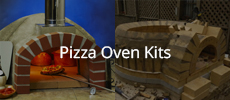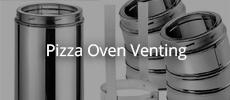Goodmorning, after selling our house I want to built a Pizza oven again in our new house.
It will be a napolitan oven again.
My question: I have 100 isolation bricks laying here, can I use them as under floor for the pizza oven built? or are they to soft to built a oven upon them.
Thanks, Adrian.
It will be a napolitan oven again.
My question: I have 100 isolation bricks laying here, can I use them as under floor for the pizza oven built? or are they to soft to built a oven upon them.
Thanks, Adrian.






Comment